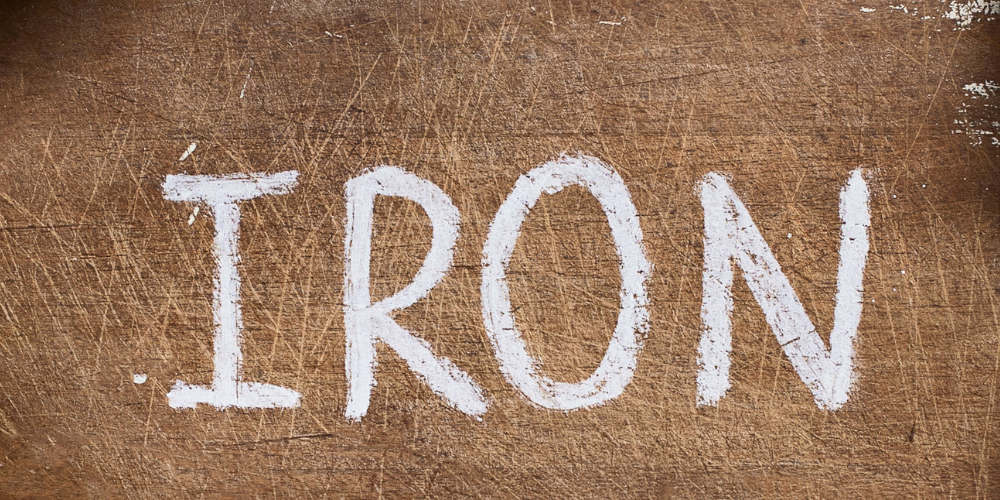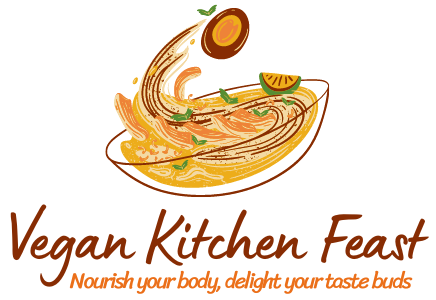
Iron is a key player in our body’s health, crucial for creating hemoglobin, a component of red blood cells that delivers oxygen to every corner of the body. Without sufficient iron, we can’t generate enough healthy red blood cells, which can lead us straight into the grasp of anemia, marked by fatigue and weakness.
You may have heard about heme and non-heme iron. Here’s the lowdown: Heme iron comes from animal products and is more easily absorbed by our bodies. Non-heme iron, found in plant-based foods, is a bit harder for the body to take in, but don’t let that detour you. With the right knowledge, vegans and vegetarians can meet their iron needs effectively.
It’s a common challenge for individuals following plant-based diets to ensure enough iron is consumed daily. This isn’t just about quantity, but also about how well iron from plant sources is absorbed – our bodies tend to pick up iron from meat better than from beans or lentils. However, plant lovers, fear not! There’s plenty of opportunity to scoop up all the iron you need from Mother Nature’s bounty.
You can always adjust your approach down the road if you’re concerned about getting enough iron. It’s crucial to understand the concept of bioavailability – that is, how much iron your body can actually use from different foods. So yes, while spinach is a wonderful source of iron, the way your body uses that iron differs from how it would use iron from a steak.
Get ready, because you’re about to find out about the treasure trove of iron-rich foods that belong in a plant-based kitchen. And if you’re wondering how to make sure that non-heme iron doesn’t just pass through your body unutilized, I’ve got you covered. Coming up, you’ll see exactly how to pair these iron powerhouses with other foods to turbocharge their bioavailability.
Top Iron-Rich Foods for Plant-Based Diets
If you want to ensure you’re getting enough iron on a vegan or vegetarian diet, it’s crucial to know which foods are your allies. The plan is simple: focus on iron-rich legumes, grains, and nuts that can serve as daily staples. For instance, lentils, chickpeas, and black beans are not only high in iron but also pack a protein punch.
But what about absorption? Here’s where it gets interesting. Eating foods high in vitamin C can significantly boost the amount of iron you absorb from plants. So, tossing some bell peppers into a lentil salad or squeezing lemon juice onto your spinach can help your body soak up that essential mineral.
And then there’s breakfast, a great opportunity to start your day with an iron boost. Consider oatmeal topped with nuts and seeds, perhaps with a dash of cinnamon for flavor. Quinoa, a complete protein source, is another fantastic option that’s easy on your digestive system.
I’m not forgetting about snacks and smaller meals. Edamame, roasted pumpkin seeds, and dried apricots are portable and perfect for a midday boost. Don’t overlook the power of fortified foods either. Many plant-based milks and cereals have added iron, making them convenient sources.
Lastly, I’ve got a pro tip for you. Keep an eye out for whole foods that contain iron naturally. They often come with other nutrients that work in harmony to support your overall health, unlike supplements that might provide iron in isolation.
Combating Common Myths About Iron in Vegan Diets
I’m going to bust some myths that have been lingering around vegan and vegetarian diets, particularly when it comes to iron intake. The most common misconception is that a plant-based diet can’t provide enough iron. This isn’t just uninformed, it overlooks the wide variety of iron-rich plant foods available.
You may have heard talk about vegan diets leading to iron deficiency anemia. It’s a concern, sure, but it’s not as clear-cut as some would suggest. Anemia can happen to anyone who doesn’t consume enough iron, regardless of their diet’s source. I’m here to tell you that many plant-based eaters not only meet their iron needs but do so quite successfully.
In my opinion, it’s not just about dismissing these myths; it’s crucial to understand why they don’t hold up. Research has shown that vegans and vegetarians who plan their meals thoughtfully don’t typically fall short on iron. In fact, some studies suggest that these diets might even provide more iron than diets containing meat, thanks to high intakes of legumes, grains, nuts, and certain fortified foods.
Moreover, plenty of vegans maintain healthy iron levels, which speaks volumes against the myth. Real-life success stories of vegans with ample iron levels showcase the practical side of how a well-planned vegan diet can be iron-sufficient.
Moving forward, let’s talk about how you can ensure your body is making the most of the iron you’re eating from plant sources. I’ll share strategies that have been proven to boost iron absorption – and they’re easier to incorporate into your diet than you might think.
Strategies for Enhancing Iron Absorption from Plant Foods
When it comes to plant-based diets, it’s not just about how much iron you consume, but also how well your body can absorb it. The form of iron found in plant foods, known as non-heme iron, is not as readily absorbed as the heme iron in animal products. However, don’t let that discourage you, because there are tried and true methods to boost your iron intake.
Looking at nutritional synergies is key. Consuming vitamin C-rich foods together with iron-rich plant foods is a smart move. Vitamin C acts like a sidekick, making the non-heme iron more available to your body. So, squeezing a bit of lemon juice over your spinach salad or having an orange with your iron-fortified cereal amplifies the benefits.
Conversely, some substances can hinder iron absorption. These include polyphenols found in some teas and coffees, calcium in dairy substitutes, and certain types of fiber. I’m not saying you have to give up your morning coffee or afternoon tea, but it might be a good idea to enjoy them a few hours before or after iron-rich meals.
Meal timing also plays a pivotal role. Eating smaller, more frequent meals can help maintain steady iron levels throughout the day. And when it comes to meal planning, think about incorporating a variety of iron sources at each meal to keep things balanced and flavorful.
With a sharp eye on these strategies, you can effectively manage your iron absorption. Remember, it’s not just about loading up on iron but rather ensuring that the iron you eat is being utilized by your body to the fullest.
Optimizing Iron Intake for Health and Vitality
I’m going to wrap things up by emphasizing the significance of managing iron intake, especially for those following a vegan or vegetarian lifestyle. Getting the right amount of iron is crucial, and you can always adjust your approach down the road as your lifestyle or dietary needs change.
If you’re a vegan athlete or dealing with special dietary needs such as pregnancy, you’re going to find out about increased demands for iron. In such cases, don’t worry too much about getting every detail perfect from the start. Your first attempt doesn’t need to be your last, and you can refine your diet and supplementation as you go along.
Remember, too, that monitoring your iron levels through regular check-ups is vital. Choose something that resonates with you, whether that’s a focus on whole foods, supplementation, or a combination. This isn’t just about maintaining sufficient iron levels; it’s also about overall health and wellbeing.
I really hope that the insights shared here guide you toward a balanced diet rich in iron. And remember, if you want to optimize your health and maintain high energy levels, iron-rich foods are your allies. When in doubt, consult with a health professional who understands your unique needs as a vegan or vegetarian.
Thanks for joining me in exploring the importance of iron in our diets. If you’ve got stories or strategies related to boosting iron intake while keeping things plant-based, I’d love to hear about them in the comments. Stay vibrant and iron-strong!
